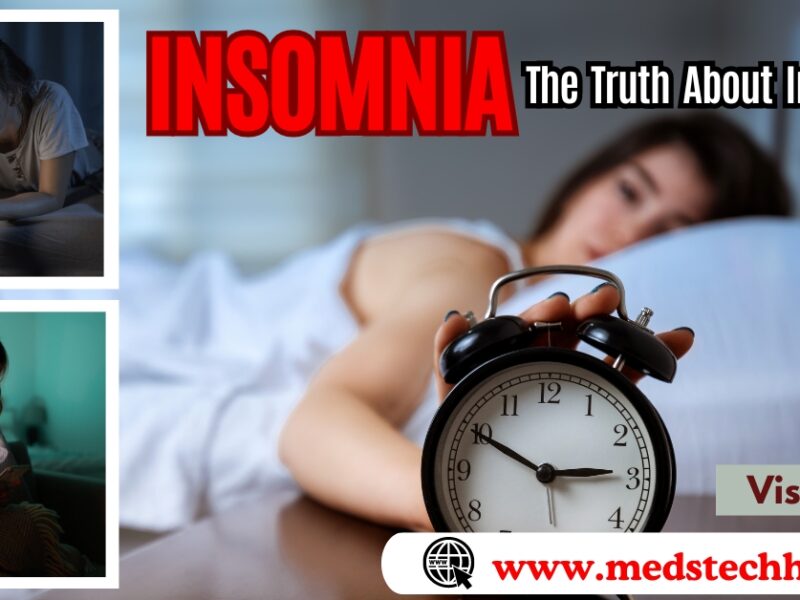Introduction to Sleep Paralysis:
Sleep paralysis is a state of temporary paralysis that occurs either upon falling asleep or awakening. During these episodes, individuals are unable to move or speak, despite being fully conscious of their surroundings. This condition is often accompanied by vivid hallucinations and a sense of pressure on the chest, leading to considerable distress and anxiety.
What is Sleep Paralysis?
Sleep paralysis is a peculiar phenomenon that affects millions of people worldwide. It is characterized by a temporary inability to move or speak while transitioning between sleep and wakefulness. This condition can be frightening and bewildering for those who experience it, often accompanied by vivid sensory experiences and a sense of fear or dread.
Symptoms of Sleep Paralysis:
During an episode of sleep paralysis, individuals may experience various symptoms, including hallucinations, a feeling of pressure on the chest, and an inability to move or speak. These symptoms typically occur during the transition between sleep stages, either when falling asleep (hypnagogic) or waking up (hypnopompic).
Causes of Sleep Paralysis:
Several factors can contribute to the onset of sleep paralysis, including sleep deprivation, irregular sleep schedules, depression, stress, anxiety, and certain underlying medical conditions such as narcolepsy. Understanding these triggers is essential for managing and preventing episodes of sleep paralysis.
Types of Sleep Paralysis:
Types of sleep paralysis can vary in terms of frequency, duration, and associated symptoms. Here are the main types presented in points:
- Isolated Sleep Paralysis:
- Occurs infrequently and typically as an isolated incident.
- Often triggered by sleep deprivation, irregular sleep schedules, or stress.
- Sleep paralysis episodes can vary in length, from a few seconds to several minutes.
- People usually regain full consciousness and mobility after the episode ends.
- Recurrent Isolated Sleep Paralysis:
- Characterized by repeated episodes of sleep paralysis over time.
- Episodes may occur sporadically or with some degree of predictability.
- Linked to factors such as sleep quality, stress levels, and underlying sleep disorders.
- Can be distressing and disruptive to sleep patterns and overall well-being.
- Hypnagogic Sleep Paralysis:
- Occurs as individuals are falling asleep (transitioning from wakefulness to sleep).
- Often accompanied by hallucinations or vivid sensory experiences.
- People’s may feel a sense of pressure on the chest or experience visual or auditory hallucinations.
- Hypnopompic Sleep Paralysis:
- Occurs as individuals are waking up (transitioning from sleep to wakefulness).
- Similar to hypnagogic sleep paralysis but may involve different types of hallucinations or sensory experiences.
- People may feel a sense of dread or fear upon awakening.
- Sleep Paralysis Linked with Additional Sleep Disorders:
- Can occur in conjunction with other sleep disorders such as narcolepsy.
- Individuals with narcolepsy may experience sleep paralysis as part of a broader symptom profile that includes excessive daytime sleepiness and cataplexy.
- Treatment may involve addressing underlying sleep disorders to manage sleep paralysis symptoms effectively.
Risk Factors:
Certain people may be at a higher risk of experiencing sleep paralysis, including those with a family history of the condition, individuals with mental health disorders, and people who lead stressful lifestyles.
Diagnosis and Treatment:
Diagnosing sleep paralysis often involves evaluating a patient’s medical history and conducting sleep studies to rule out other sleep disorders. Treatment options may include improving sleep hygiene, managing stress, and in some cases, medication or therapy to address underlying conditions.
Coping Strategies:
Implementing coping strategies such as maintaining a regular sleep schedule, reducing stress, and seeking support from healthcare professionals can help people to manage sleep paralysis and minimize its impact on their daily lives.
Impact on Daily Life:
The psychological effects of sleep paralysis can significantly impact on people’s quality of life, leading to anxiety, depression, and interference with daily activities such as work, school, and relationships.
Experiences of People:
Many people who have experienced sleep paralysis share their personal anecdotes and coping mechanisms, providing valuable insights into the condition and its effects on mental health and well-being.
Research and Studies:
Advancements in sleep research have led to a better understanding of sleep paralysis and its underlying mechanisms. Ongoing studies continue to explore new treatments and interventions for managing the condition effectively.
Connection to Other Sleep Disorders:
Sleep paralysis often coexists with other sleep disorders such as insomnia and parasomnias, highlighting the complex relationship between sleep disturbances and mental health.
Educational Awareness:
Educating the public about sleep paralysis is essential for dispelling myths, reducing stigma, and encouraging people’s to seek help if they experience symptoms of the condition.
Seeking Professional Help:
Anyone experiencing frequent or distressing episodes of sleep paralysis should consult a healthcare professional for evaluation and appropriate treatment. With the right support and guidance, individuals can learn to manage sleep paralysis and improve their overall sleep quality and well-being.
Treatment Options and Therapies:
Treatment for sleep paralysis may include addressing underlying sleep disorders, such as obstructive sleep apnea or narcolepsy, through lifestyle modifications, medication, or cognitive-behavioral therapy. Additionally, therapy techniques aimed at reducing anxiety and improving sleep quality may be beneficial in managing sleep paralysis symptoms.
Conclusion:
In conclusion, sleep paralysis is a fascinating yet often distressing phenomenon that affects many individuals worldwide. By understanding its causes, symptoms, and treatment options, we can empower ourselves to manage and overcome this condition effectively, leading to improved sleep and overall quality of life.




Its very helpful and also provides valuable information about various types of paralysis and their treatment